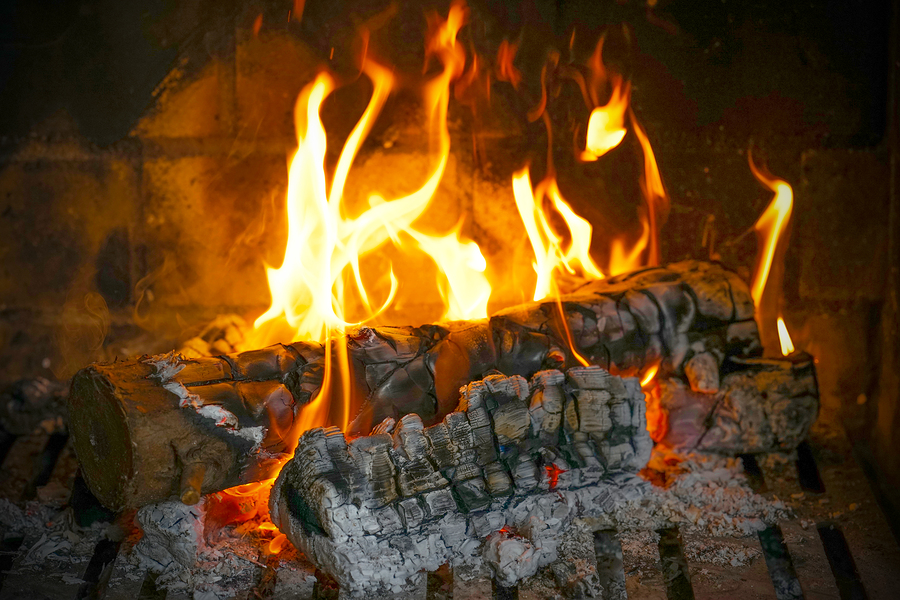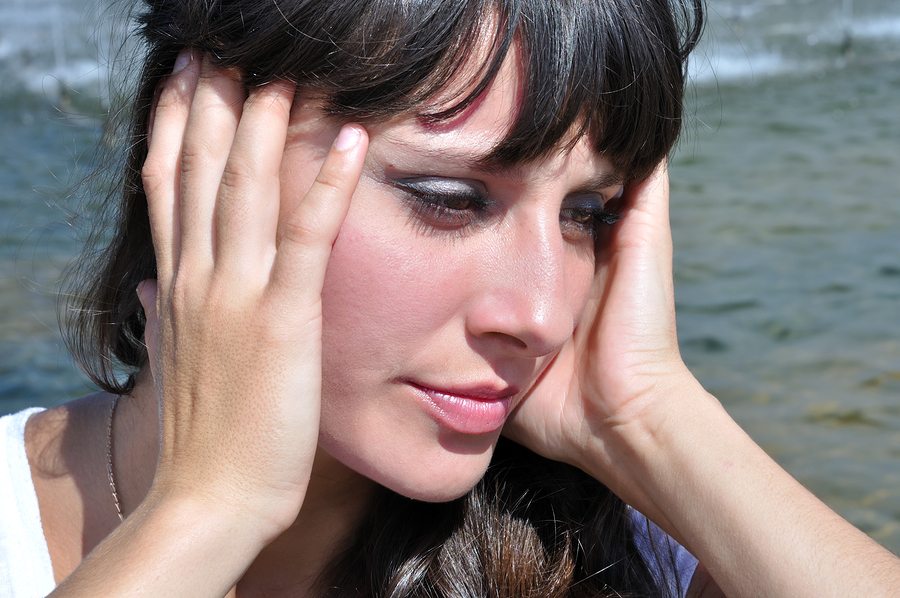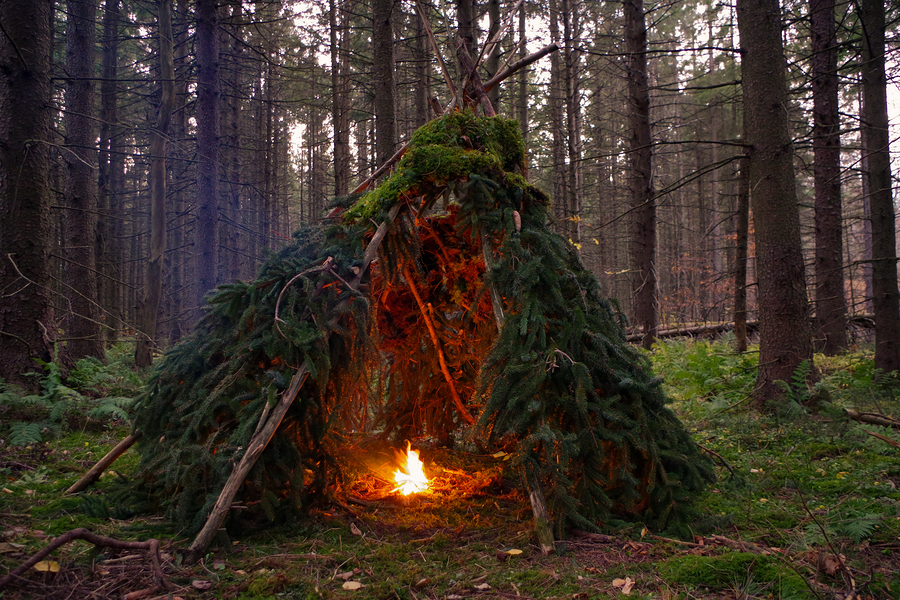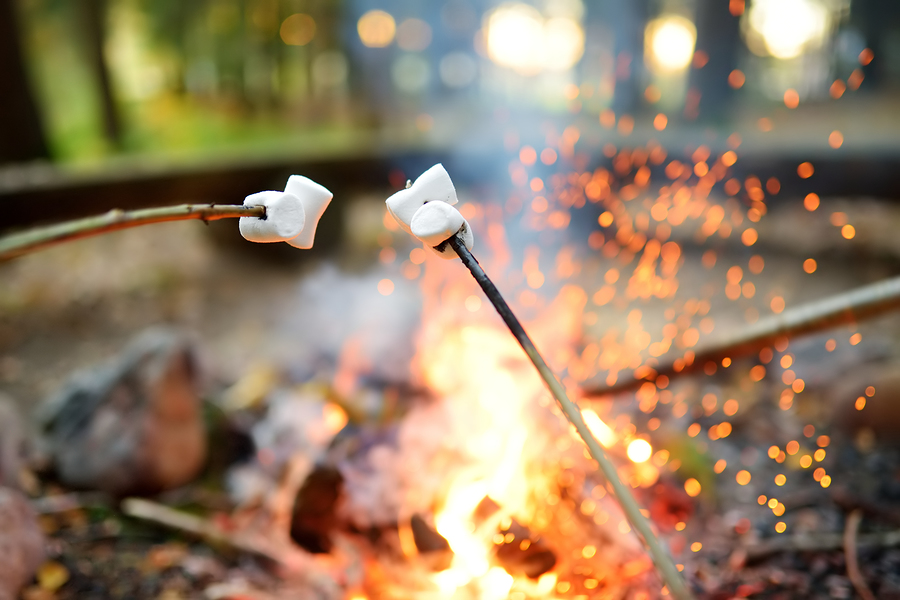Fishing is one of the world’s favorite pastimes. It’s relaxing. It’s not too expensive. You can do it almost anywhere in North America within a few minutes drive.
If you’re ready to get started with fishing, there are only a few things you need and a few simple things you need to know.
1. Fishing license – You need a fishing license to fish everywhere in the US and Canada. There are some private property exceptions, but don’t take chances. They are cheap and easy to get. Get a fishing license. The fines are fairly large and it’s just silly to not do it.
2. Fishing pole and reel –
A fishing pole can be as basic as a piece of bamboo with a piece of fishing line attached, but more likely you will want to buy one at a store. For about $20, you can buy a very basic kit – rod, reel, and some fishing line. This is probably the best way to do it. You don’t need anything fancy right away.
3. Bait –
There are two basic types of bait:
a. Lures – These are artificial baits made from plastic, metals, and other products. They often are active, so your will cast them and then reel them in right away. Most are made to mimic swimming fish. If you want one of these, try a “spoon” lure. It’s a classic and easy to use.
b. Live bait – From simple earthworms to live baitfish, the goal is to find a fish that’s hungry and offer it a meal. There are lots of types of live baits, including insects and blood worms, but start with just earthworms.
4. Hooks –
The hook is how you’ll get the fish to come to you. The simplest hooks are just bent, sharp pieces of metal attached to the end of your line. You will need to know what size fish you’re looking for, but choosing a hook about the size of your ring finger nail should be fine. You can always ask at a sporting goods store if you are not sure.
5. Bobbers and sinkers – Bobbers do what their name says, they bob on the surface until a fish pulls on the line. Sinkers keep the line underwater and a bit more under control.
Now you can fish.
Tie a hook on the end of your line. Put a bobber on the line about 2 feet from the hook. Put a small sinker about 4 inches above the hook. Now you can put bait on the hook (assuming you’re using live bait).
How you cast the line will depend on the type of reel you’ve purchased. If it’s a closed face reel, there will be a button the back. If it’s open faced, you will flip the bail open.
Swing the pole over your head or at your side, holding the line until the tip of the pole is pointed where you want the line to go. Then let the line fly free. Once it hits the water, turn the handle until the bail closes or the release clicks.
That’s it. Wait for a fish to bite on your bait, then pull the rod up so that you “set the hook”. This will keep the fish on the hook. Then you can reel the fish in.
Take the fish off the hook and store on ice or throw back if it is a catch and release area.
Fishermen are a talkative lot. If you see someone, let them know that you’ve never fished before and you need a bit of help. Most of the time they will be happy to oblige.





